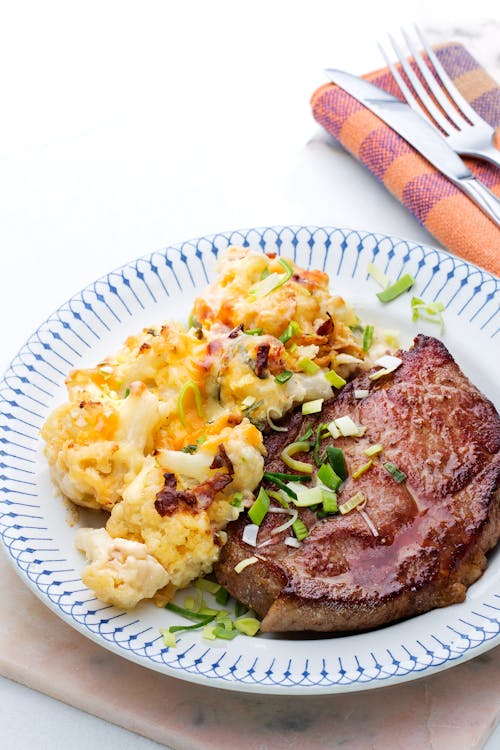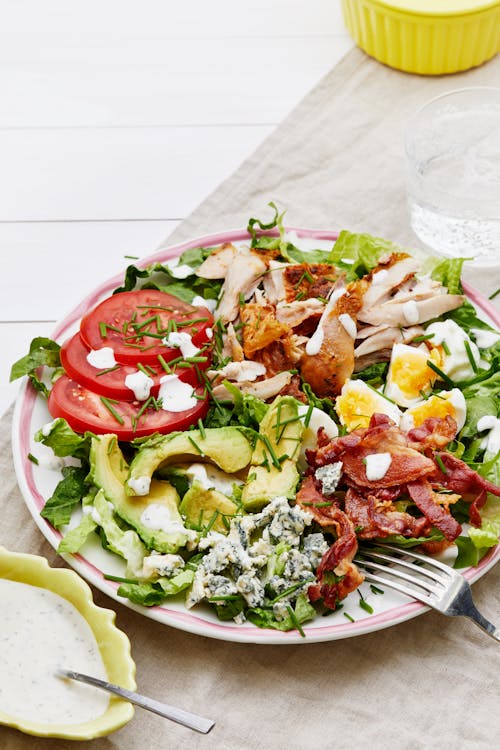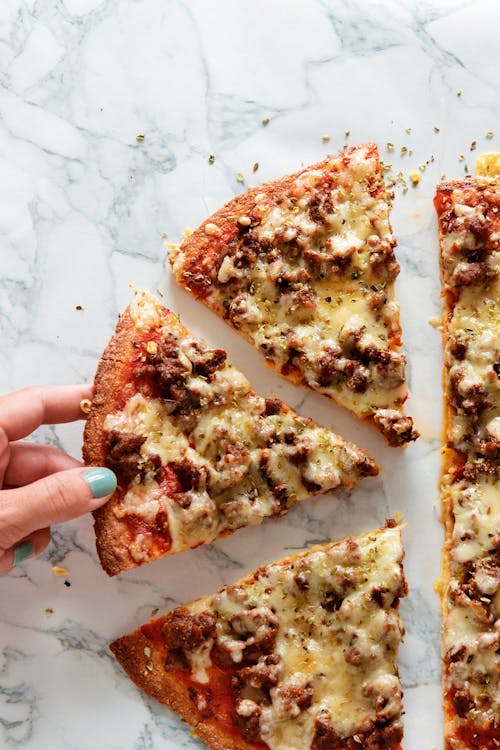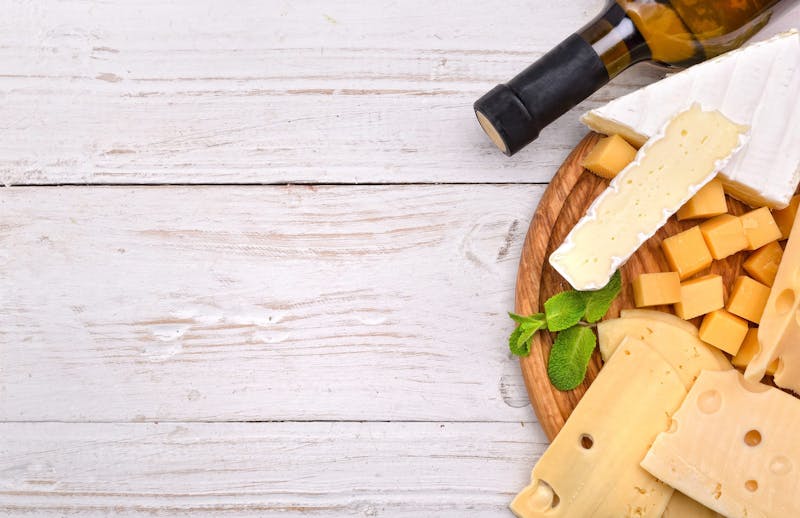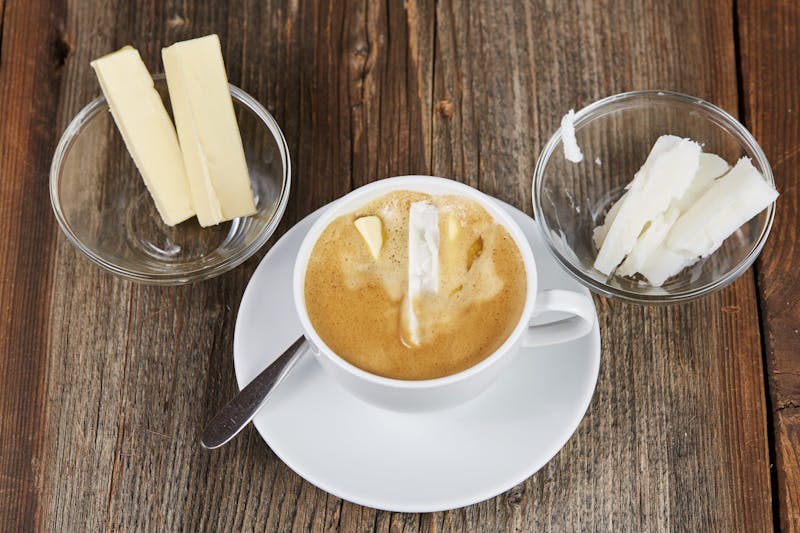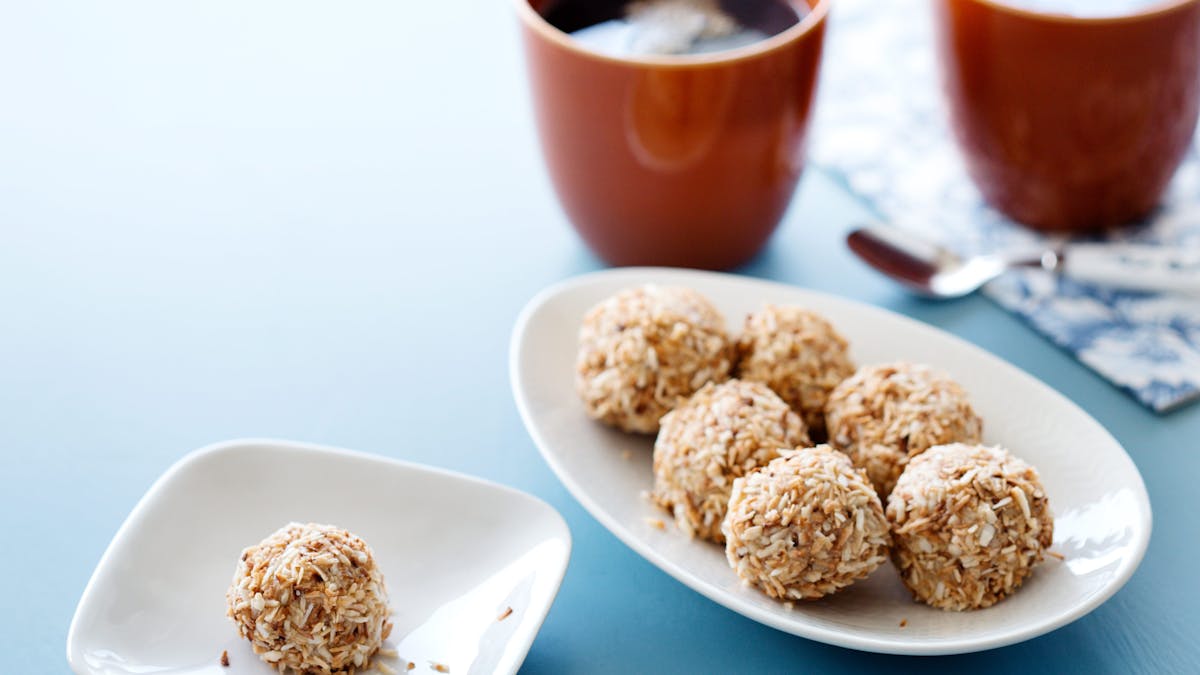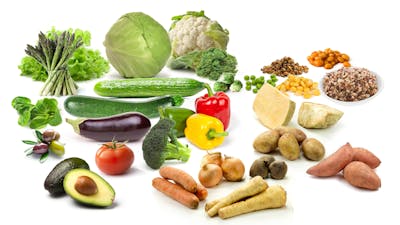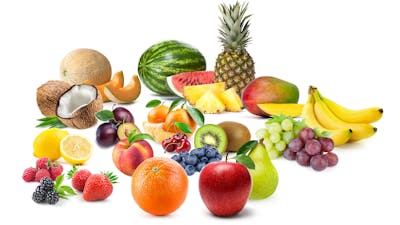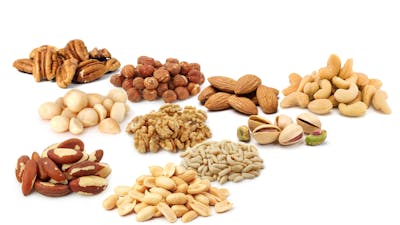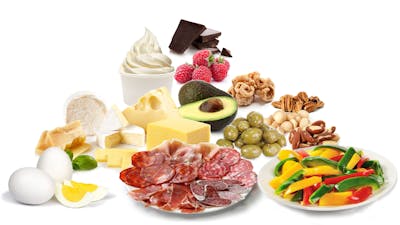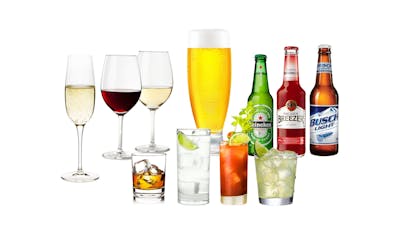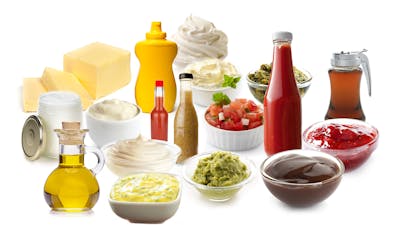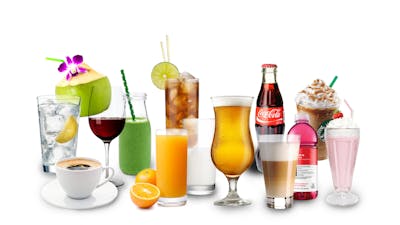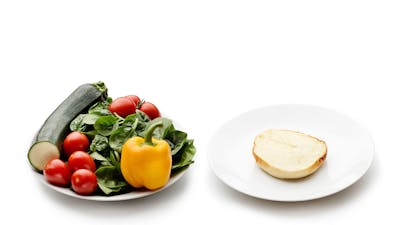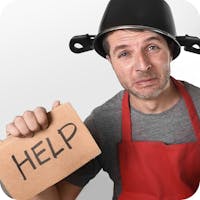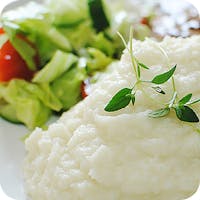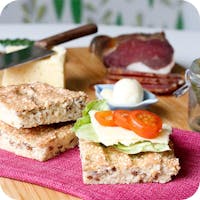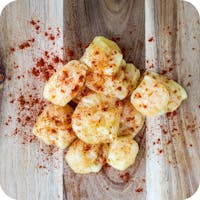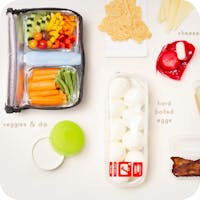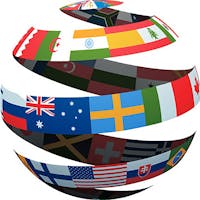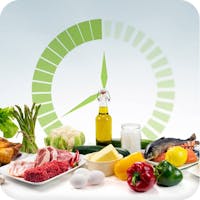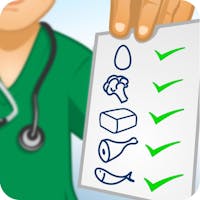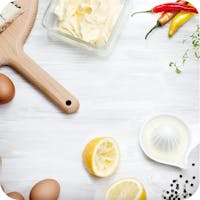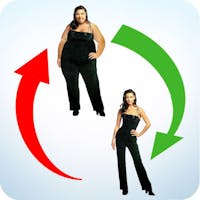The top 10 ways to eat more fat
Flavorful, full-fat ingredients topped with creamy, satisfying sauces. Low-carb and keto eating can be decadent! Fat is an amazing flavor enhancer – it makes everything taste better. Get ready for a new, luscious take on deliciousness!
Remember with low-carb diets, you want to reduce your carbs and get plenty of protein. After that, you may need to add more fat than you are used to to make sure you’re getting enough calories and enjoying your food.
Don’t fear fat. Natural fat is not harmful to your health. In fact, natural fats are an important part of a low-carb diet.
On the other hand, fat does have a lot of calories and not much nutrition. Add enough fat for enjoyment or, if needed, for extra calories. But if you want to burn body fat, don’t add more than you need.
If you’re not sure about how much fat you should eat, click through to our guide How much fat should you eat on low carb or keto?
Adding fat for calories and flavor can sometimes be a challenge for people who are not used to eating natural fat. Here are our top 10 tips on how to eat more fat.
1. Garnish with high-fat foods
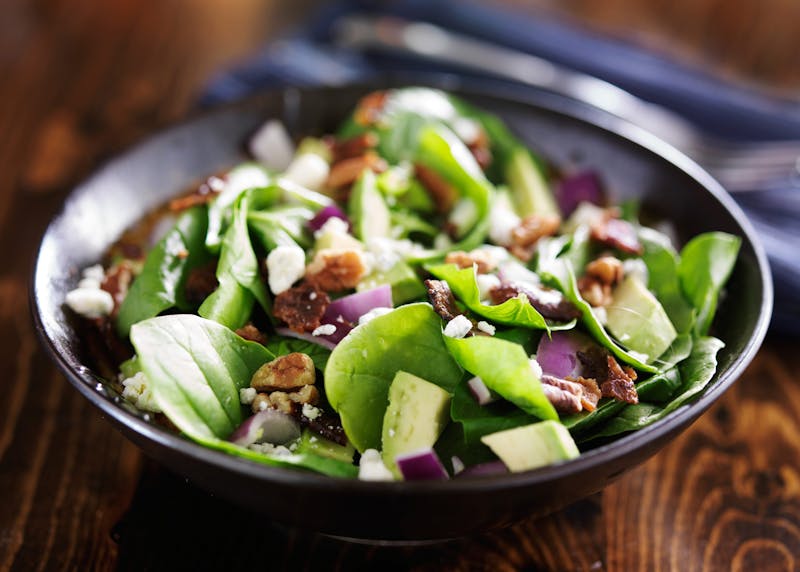
Whole food toppings such as cheese, avocados, and cured meat add flavor and nutrients, including plenty of fat, of course! Sprinkle some on almost any dish.
Here are 23 high-fat, low-carb foods to increase your fat intake:
- Shredded parmesan
- Chunked blue cheese
- Grated cheddar
- Smoked gouda
- Balled buffalo mozzarella
- Crumbled feta
- Melted gruyere
- Baked brie
- Grilled halloumi
- Cubed avocado
- Mashed guacamole
- Diced bacon
- Sliced pancetta
- Ground sausage
- Black olives
- Stuffed green olives
- Sautéed pine nuts
- Roasted pepitas
- Toasted sesame seeds
- Slivered almonds
- Chopped macadamia nuts
- Spiced walnuts
- Flaked coconut
2. Eat whole, full-fat ingredients
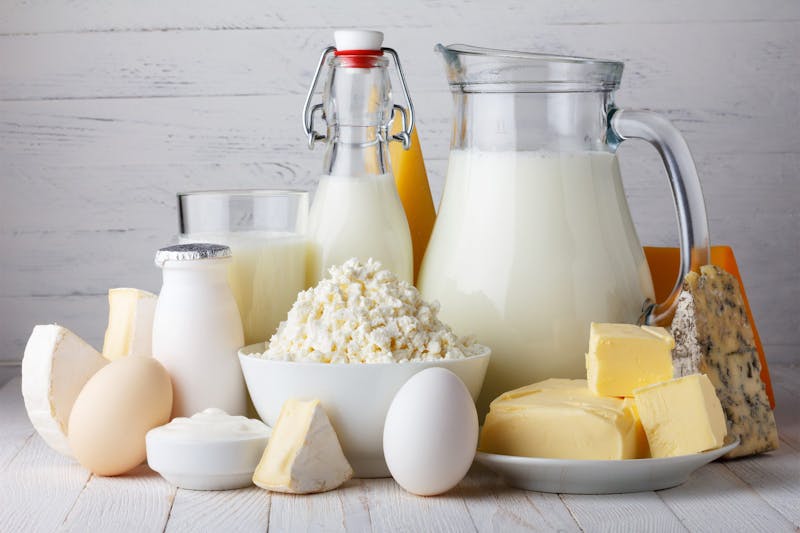


Say goodbye to low-fat and fat-free products. Say good riddance to Egg Beaters, artificial creamers, and reduced-fat peanut butter. Banish any item labeled ‘light’ or ‘lite’ from your pantry and refrigerator.
Forget non-fat and low-fat dairy. (If your grocery store doesn’t carry plain, full-fat yogurt, buy the plain low-fat version and add back the fat by stirring in heavy cream, sour cream, or crème fraiche.)
Rethink your grocery list and stock your refrigerator and pantry with real whole food, including fat-rich options like avocados and eggs. Try to add natural fat rather than avoid it.
Fatty cuts of meat can be more flavourful, tender, and inexpensive than leaner cuts. Salmon and sardines contain plenty of healthy fats and are a terrific addition, too. Invite these delicious items back onto your plate.
Learn more about low-carb, high-fat foods
3. Cook with fat
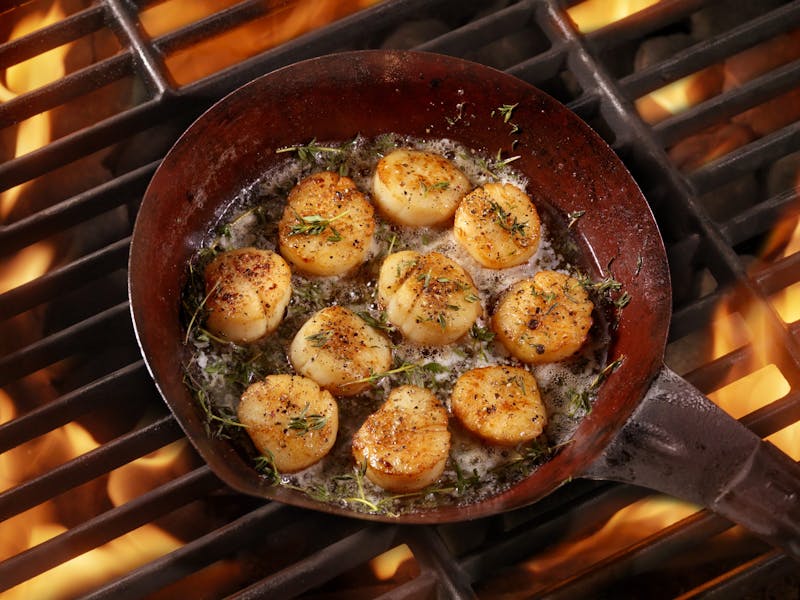


No more limp steamed vegetables or dry chicken breasts. Cook your vegetables, meat, fish, and eggs in tasty natural fats like butter. Or the other ones listed under point 4 below.
4. Use different fats for different flavors
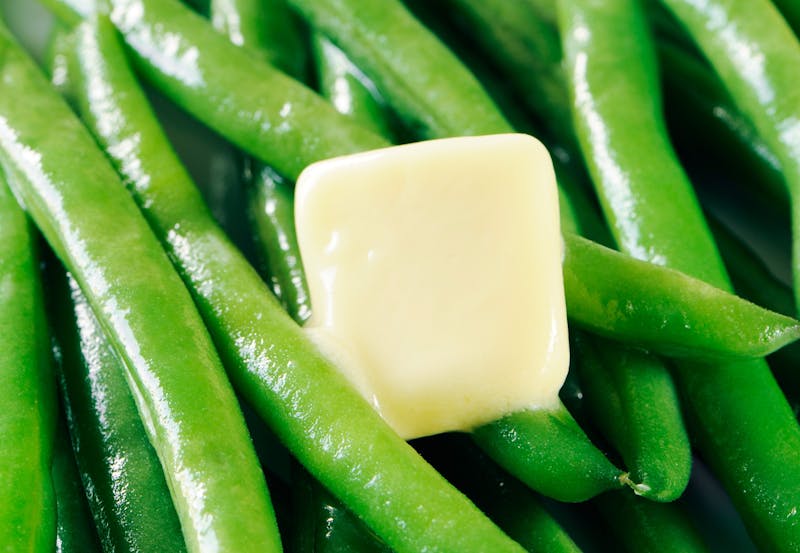


Fats can change the flavor of a dish, which adds variety to your meals. For example, top green beans with butter for a comforting, familiar taste. Or, sauté them in peanut oil and drizzle with sesame oil for a delicious, Asian-inspired variation.
Experiment with new combinations to see what you like best. Stock several of these natural fats in your fridge or pantry:
- butter
- lard, tallow, duck fat, and other animal fats
- coconut oil
- olive oil
- avocado oil
- peanut oil
- other nut oils (macadamia, almond, walnut, etc.)
- sesame oil
5. Prepare low-carb recipes
Low-carb recipes deliver delicious meals with plenty of fat built right into the ingredient list.
Try the favorites above or explore more high-fat recipes.
6. Top any dish with oil, dressing, sauces, or butter
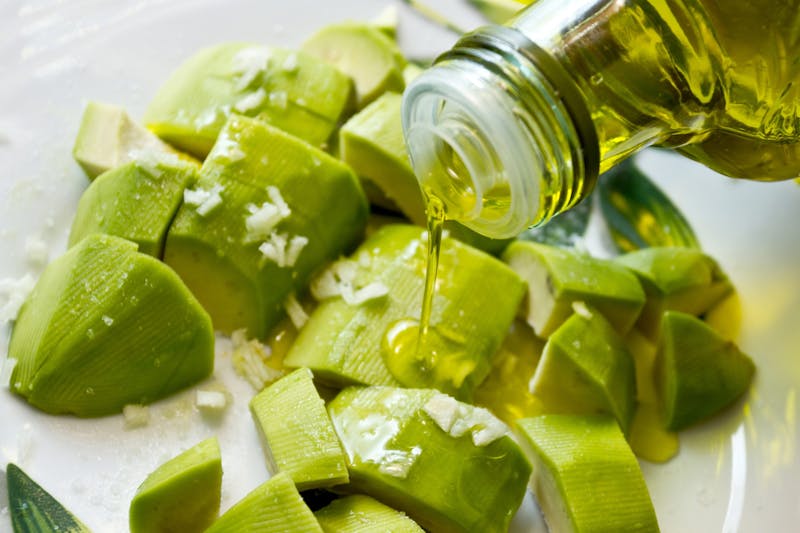


Drizzle oil on top… Pour on dressing… Spoon on Hollandaise… Ladle on flourless gravy… Dollop on sour cream… Spread on mayo… Melt on butter. Top off your dish with one of many fat-rich options. Just remember, use fat to increase flavor but don’t overdo it! There comes a point where the extra calories may not be worth it.
What sounds delicious to you? For more, check out our recipes for low-carb dressings, condiments, dips, and sauces.
7. Ensure snacks contain fat
As a rule, it is best to avoid snacks, but if you are too hungry to make it comfortably to the next meal, reach for a real-food snack with plenty of protein combined with fat. Obvious choices include hard-boiled eggs, and to a lesser degree cheese and nuts.
8. Add a low-carb cheese course
Cheese is a simple addition to any meal. It works as an appetizer. It works as a topping. It works as a dessert. If you need a lot of calories, cheese can help you feel satisfied.
9. Blend fat into coffee or tea
Adding coconut oil or melting butter into coffee or tea is quick and easy. Pouring in heavy whipping cream works, too. This warm and comforting shot of fat can replace breakfast, stave off hunger between meals, or substitute for dessert if you aren’t quite full.
Use this tool wisely; for many people, too much can stall weight loss or spike cholesterol. Only consider adding fat to your drinks if you need extra calories or are looking for a rare treat.
10. Consider a fat bomb for dessert
Our first advice is to skip dessert. If you do decide to treat yourself, look for dessert recipes that are low in sugar and artificial sweeteners. Unsweetened heavy whipped cream on raspberries is a perfect choice.
Just remember, these are called “treats ” for a reason. They shouldn’t become a regular staple in your diet if healthy weight loss is one of your goals.
Summary of the 10 tips
Eating more fat can be easy, tasty, and satisfying. Find the tips that suit your taste and lifestyle, and dig into a whole new world of flavor.
Inviting natural fat back onto your plate is delicious. Just remember to add enough for flavor, but not so much that the extra calories derail your health and weight loss progress.
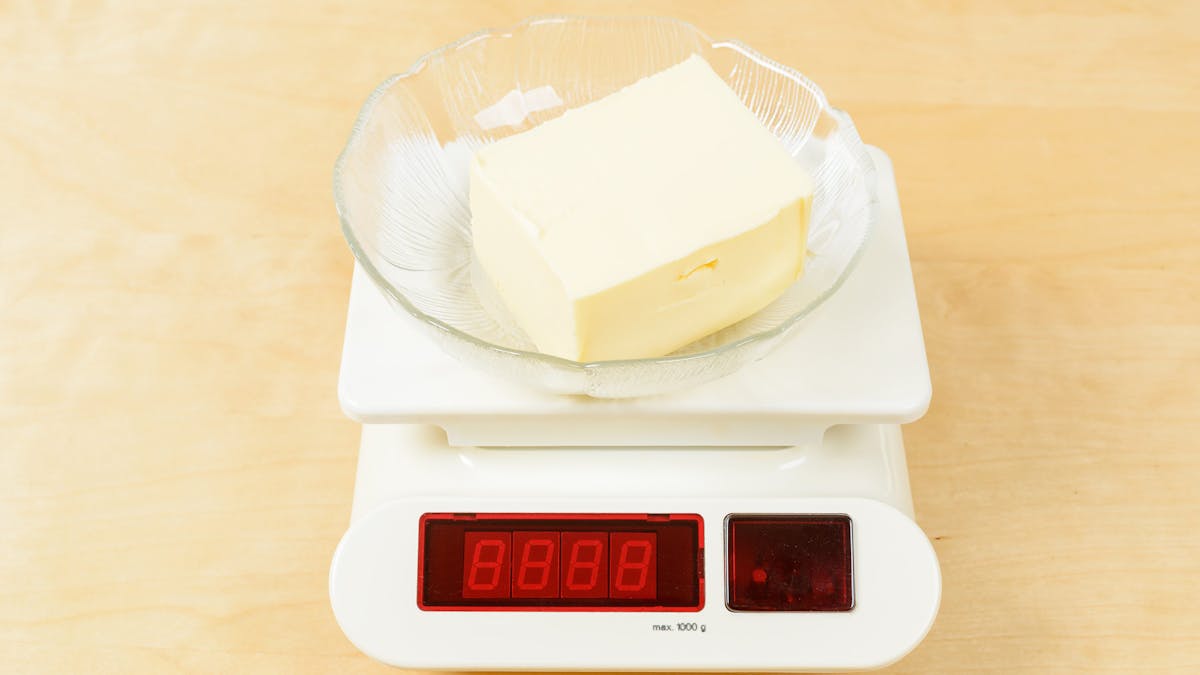

How much fat should you eat on low carb or keto?
GuideHow much fat should you eat on keto or low carb? It depends on your goals. This guide will help you fine-tune your fat intake for weight loss or weight maintenance.
Visual low-carb guides


